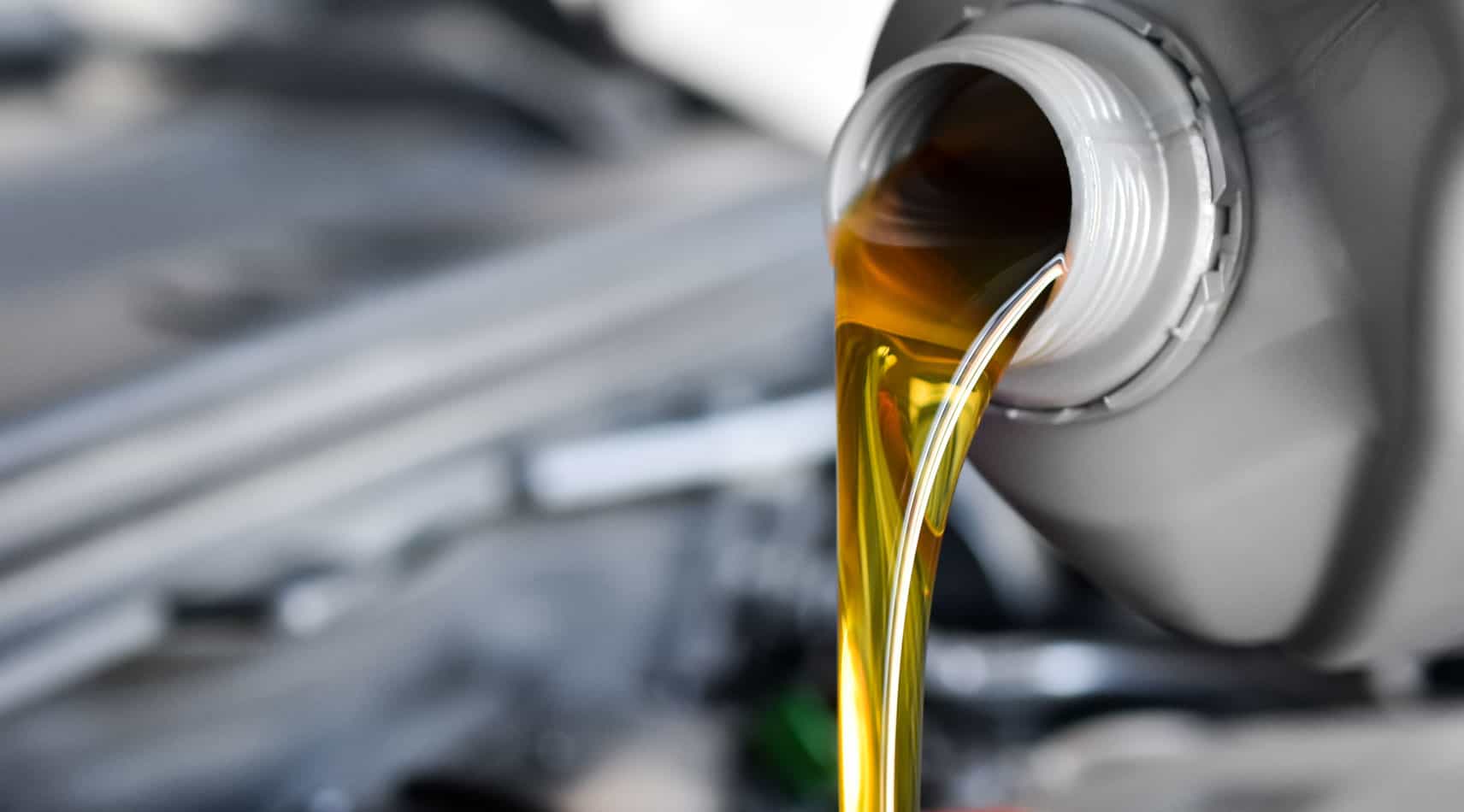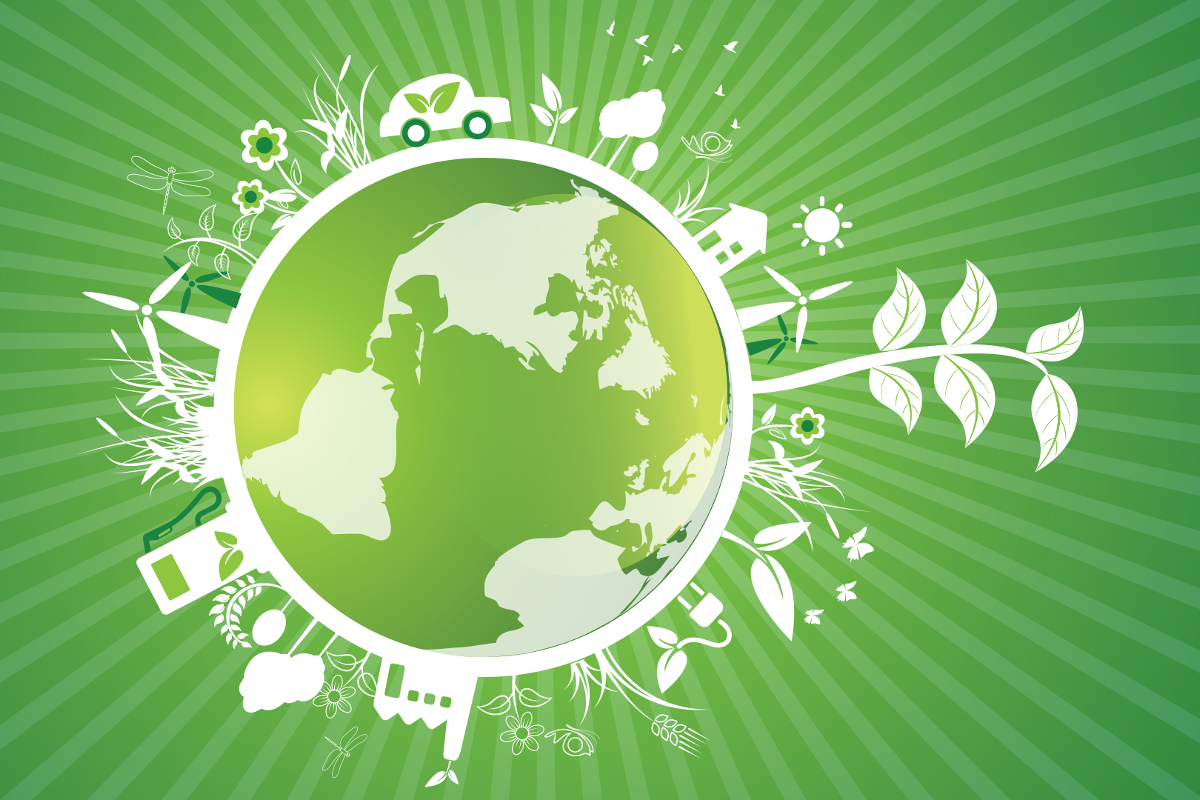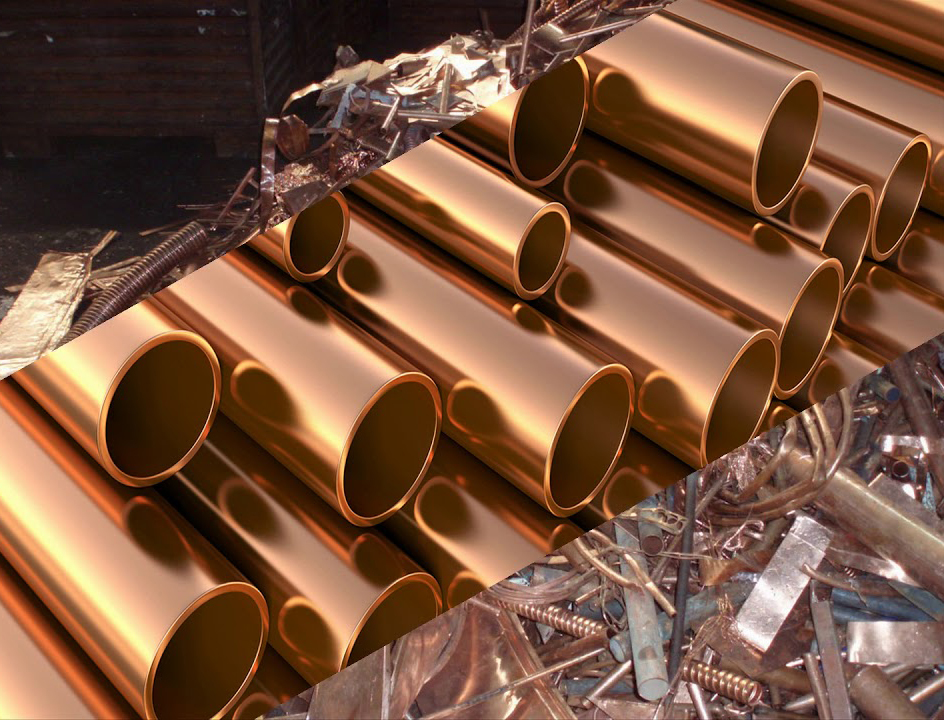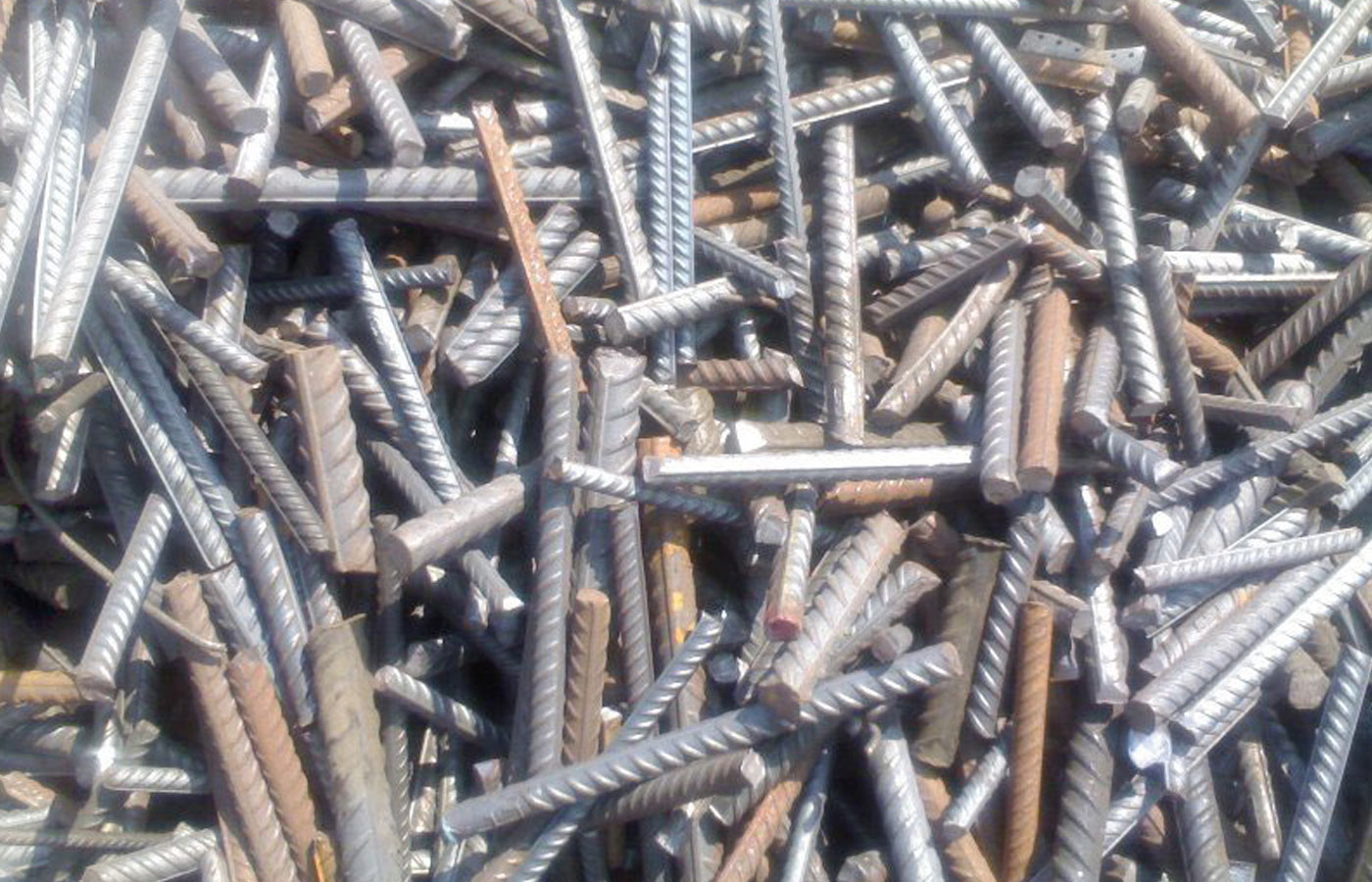
Waste Oil Recovery
Industrial Waste Oils
Only category 1 waste oils and chloride, total halogen and PCB parameters are not exceeded. Category 2 industrial waste oils can be recovered by refining and regeneration.
For this application, facilities which meet the requirements of Article 20 of the By-Law are required to obtain a license from the Ministry of Environment and Urbanization.
Waste Oil Regeneration: With this process, all kinds of pollutants, oxidants, particles are removed from the waste oils and the national or international standards and specifications and the original oil for the purpose of use are obtained.
Waste Oil Refining: In this process, waste oil is recovered by distillation or acid-clay refining. The distillation process includes precipitation, heating, vacuum, filtration and centrifugation. Waste oil is removed by precipitating large particles in the settling tank. The oil is then heated and the water, volatile hydrocarbons and suspended solids are removed by vacuum filter. After neutralization and demulfization, the waste oil is heated at 150 ° C. Filtration particles are centrifuged to yield 90% product. In acid-clay refining process, concentrated sulfuric acid is mixed in order to remove contaminants and decomposition substances in oil. This results in insoluble sulfur-containing compounds and precipitates at the bottom of the reactor. The product is then neutralized with lime or caustic soda. The clay is filtered to bleach the color and the refining of the waste oil is completed with the final vacuum distillation.
Establishment of Environmental Management System: The existing refining and regeneration facilities licensed by the Ministry are obliged to establish environmental management systems within one year from the date of publication of this Regulation and send the related document to the Ministry as per the first paragraph (k) of Article 20.
I. and II. Category Waste Oils
1- In Cement Plants
2- Gypsum Plants
3- In Lime Plants
4- Clay drying ovens
5- In iron and steel blast furnaces
6- In Power Plants
It can be used by adding to the existing fuel. A license from the Ministry of Environment and Urbanization is required for this application. The license will be taken under the E-permission.
• Waste oils are collected in tanks / containers / drums placed on impermeable ground.
• Waste oils of different categories are collected in separate containers, these waste oils are not mixed with each other and with different wastes.
• Waste oil temporary storage containers are indicated and precautions are taken against spillage, leakage and rain.
• Waste oil storage containers should be colored red with the words “Waste Oil •.
Recycling and Disposal of Waste Oils (Incinerating Harmful): Unsuitable for disposal and hazardous waste incineration plants III. Hazardous wastes arising from recycling of waste oils and waste contaminated materials, as well as contaminated materials and waste sludges of waste oil storage tanks are disposed in facilities licensed by the Ministry according to the provisions of the Regulation on Control of Hazardous Wastes.
























